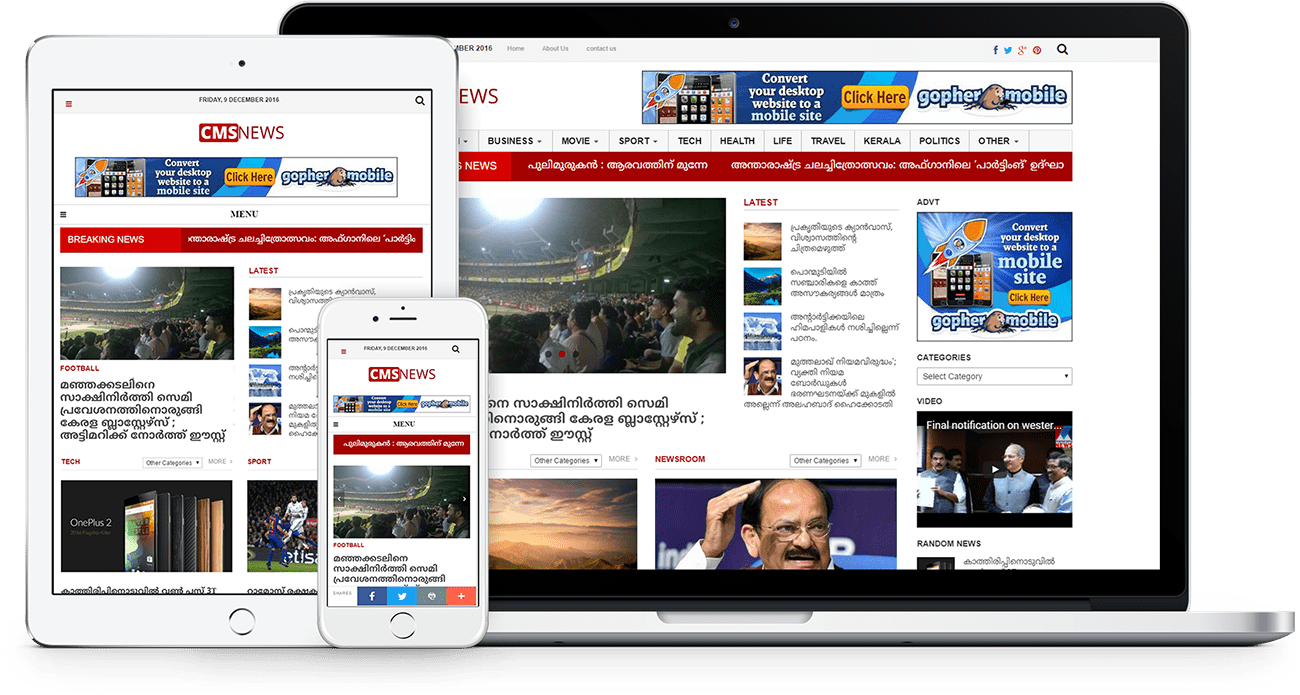Not known Incorrect Statements About National News
Not known Factual Statements About National News
Table of ContentsExcitement About National NewsSome Known Facts About National News.Little Known Questions About National News.The Best Guide To National NewsSee This Report on National News
In some nations, reduced rate of interest may be as much to do with altered national politics as the Coronavirus situation itself. Interest current in the United States has decreased by 11 portion points in the last year to just 55%. To some level this is not unexpected as our poll was conducted after the stormy events on Capitol Hill in January and the departure of Donald Trump.
Publish magazines have been terribly affected by COVID-19, partly due to restrictions on activity and partly as a result of the associated hit to marketing earnings. Countries that have generally had high degrees of flow, such as Germany, Austria, and Switzerland, have actually seen some of the most significant drops. Problems regarding contamination from published duplicates marketed at newsstands impacted everyday sales in many countries.
What Does National News Mean?
Across 20 nations where authors have been actively pushing digital subscriptions which we have been tracking because 2016 we find 17% claiming that they have spent for some type of online information in the last year (through subscription, donation, or one-off repayment). That's up by 2 percentage factors in the last year and up five given that 2016 (12%).
The complying with chart provides much more history on the advancement of paid content in a few of these 20 markets - National News. It shows, as an example, just how disruptive political elections can generate a bump in registrations; after the political election of Donald Trump in 2016, we saw a surge of new registrations to magazines like the New York Times and Washington Article

Get This Report about National News
This year we asked participants in a important link variety of countries to tell us the number of memberships they have actually taken out and which information brands they pay for. We have formerly highlighted a victor takes most dynamic and it is a similar story this year. Jumping on for fifty percent of all clients in the USA (45%) pay for among the New York Times, Washington Article, or Wall Surface Street Journal, according to our data.
Sweden (37%) and Finland (31%) likewise have a high take-up for regional magazines amongst clients. These data offer us a lot better insights right into why registration degrees in Nordic nations, and to some degree in the United States, are so a lot higher than somewhere else specifically the contribution of neighborhood and local information.
In terms of demographics, those getting online news subscriptions often tend to be richer, a lot more enlightened, and older, with a typical age ranging from 40-45 in Spain to over 55 in Denmark. Throughout my website our example, most of those paying take out simply one subscription, yet in the USA the typical is currently two.
National News Fundamentals Explained

The pattern of numerous subscriptions seems comparable to the method in which video clip on need streaming solutions have established, with a minority of the most interested taking out numerous registrations, or integrating a devoted premium subscription product (e.g.
Amazon Prime or YouTube Premium). Subscriptions are beginning to function for some publishers however it is not clear that they will certainly function for all customers. The majority of individuals are not interested enough in information, or do not have adequate non reusable revenue to prioritise information over other parts of their life.
National News Fundamentals Explained
It's essentially anywhere so the requirement to pay for it, I don't really see it. My life revolves around my phone and whenever I have a free minute, I quickly check the news and do not see the need for any subscriptions.
Among those that are not paying, just a tiny minority state they are likely to websites do so in the future for on the internet publications that they like. Rates are greater in nations that are already some way down the line (16% in Norway) when contrasted with those that aren't (8% in the UK) which recommends that (a) there is still some space for development even in fully grown markets, and (b) plentiful supply of totally free information, whether from business or public solution companies, is a key element for some of those not presently paying.